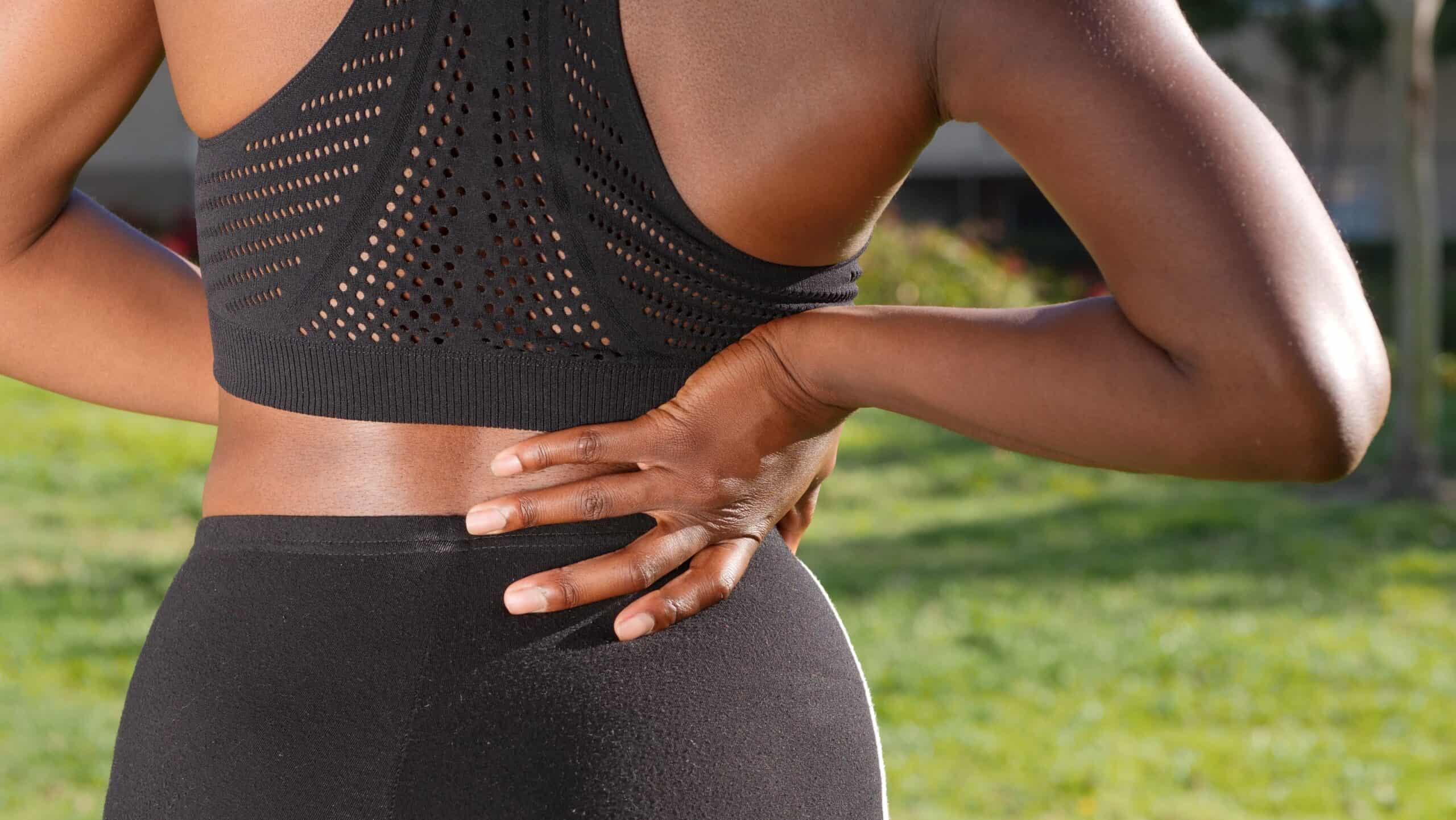
05 Dec Spinal Stenosis: How Chiropractic Care Can Help
If you have symptoms or a diagnosis of spinal stenosis, you can do a lot to relieve pain and make the most of your health potential. Healthy lifestyle choices, and care at Eastern Oklahoma Chiropractic, will play vital roles in your treatment.
What is Spinal Stenosis?
Your spinal bones run from your tailbone to your skull, forming a canal that protects your spinal cord. In spinal stenosis, the area inside this canal shrinks.
This narrowing typically happens in the neck or lower back. The lack of space puts pressure on your spinal cord and nerves throughout your spine. The result: pain and other symptoms.
Common Stenosis Symptoms
Some people don’t experience symptoms from spinal stenosis. When symptoms do appear, they usually come on gradually.
With neck stenosis, you might experience neck pain, muscle weakness in the limbs, numbness, tingling, or balance problems.
Lower back stenosis symptoms can include pain in the back or legs, and leg cramps when standing or walking. Pain may recede when you’re bending forward.
Severe cases may impair bladder or bowel function.
Causes of Spinal Stenosis
Some stenosis sources, such as a narrow spinal canal or scoliosis, may be present from birth. But typically, the risk of spinal stenosis goes up as you age, with most cases in people over 50.
Common causes include:
- Arthritis
- Herniated discs
- Injuries to the spine
- Spinal ligaments that thicken with age
- Paget’s disease, a bone growth disorder
Chiropractic Care for Stenosis
Spinal stenosis can’t be cured, but there’s plenty of help available. In managing stenosis, your chiropractor is an important member of your medical team. Chiropractic care naturally strengthens your spine’s performance, relieves pain, and helps you to avoid or postpone the use of invasive treatments.
Chiropractic adjustments position your spine in its proper position, aligning discs and providing stretching that can add space to the spinal canal. This reduces pressure on nerves, relieving pain.
Chiropractic massage and exercise therapies can reduce inflammation, as well as improve:
- Circulation
- Strength
- Flexibility
- Stability
- Balance
- Posture
Care from your chiropractor helps you to keep moving and avoid inactivity that makes stenosis symptoms worse.
Lifestyle and Natural Remedies
While you can’t prevent spinal stenosis, you can slow the progression of symptoms by supplementing your professional treatments with good home care and leading a lifestyle that keeps you active.
Here are a few suggestions:
Get regular exercise for good range of motion, core muscle strength and flexibility. Be mindful of your posture—holding your bones and muscles in proper alignment takes pressure off your back. Remember to consult with your healthcare provider about safe forms of exercise.
Follow a nutritious diet to reduce inflammation and keep your weight down.
Use heat or ice on painful areas. They each relieve pain in different ways. Heat relaxes muscles and improves blood flow. Ice is good for reducing inflammation and swelling. Your chiropractor can advise you on the best choice for you.
As with any health condition, getting help for your spinal stenosis early is the key to relieving pain and staying active!
Contact Eastern Oklahoma Chiropractic for Your Complimentary Consultation
Call our Broken Arrow office today at 918-940-4630 to get back to the speed of life!

